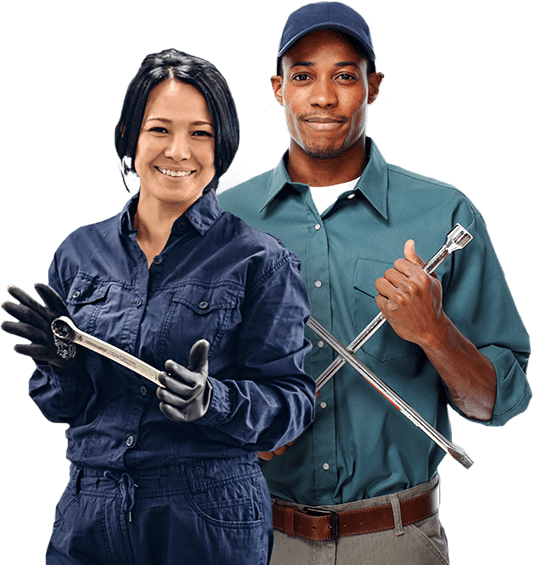Rapid access
to the job market !

If you are passionate about bodywork, and you have excellent judgment and a keen sense of observation that can scrutinize every detail of a damaged vehicle, read on to learn more.
The job of an automobile damage estimator is very detailed and requires foundational knowledge of vehicle construction and repair, and a lot of collision repair experience. These professionals also possess a comprehensive set of skills to perform their work:
Training available in french only
Customer Service – Automobile damage estimators have the duty of explaining to customers the extent of vehicle damage and the necessary measures it will take to fix it, so establishing a good rapport with customers is essential.
Record-Keeping – Automobile damage estimators need to capture and input a lot of different information into computer systems and should be proficient in this area.
Communication – Automobile damage estimators need to communicate technical concepts that can be rather complex to the ordinary person; great damage estimators are very effective at breaking down those complexities for customers.
Interpersonal – Automobile damage estimators do more than assess vehicles. They also converse with people on a daily basis quite a bit, involving some uncomfortable conversations in person and over the phone, so it’s important to have strong interpersonal skills.
What we describe above are the main attributes of an established estimator. But where to start?
The first step in your journey to becoming an integral part of an auto body shop’s collision repair process as an automobile damage estimator apprentice is to choose ITA.
We get you started on day 1! ITA courses are designed for the real world and focus on the skills that hiring managers at auto body repair shops want to see in an estimator apprentice. Here are some examples of duties you may be called upon to perform:
Conduct vehicle damage inspections
ITA students are taught to identify damage to the body structure, mechanical configuration, electrical engineering, or interior of the vehicle and determine what repairs will be needed to restore it. Review findings with your supervisor.
Prepare cost estimate recommendations
Once the damage to a vehicle has been analyzed and assessed, a review of the damage and cost of repairs generated by the system from the input entered by the estimator, is verified with the repair technician who will perform the repairs and the shop supervisor to ensure accuracy.
Create repair orders with a description of problems
Once all parties involved (customer, insurer, auto body repair shop) are in agreement with the final repair estimate, detailed work orders are generated, which include descriptions of the work to be performed, the estimated time to perform each task, the list of replacement auto parts, cost of labour, and other materials.
Our hands-on approach means you’ll be given the opportunity to assess damaged vehicles directly and learn the base techniques needed to produce the input information the Mitchell / Audatex automated estimating tools require. Progressing in difficulty, each estimate generated by these systems is reviewed and discussed. More complex front, side and rear impact estimates are graded so the student learns a variety of realistic estimating skills.
We want to invite you to experience our program for yourself. Our admissions team is ready to answer any questions you might have about it, so feel free to reach out for additional details. If you’re interested in visiting in person, we’d be happy to arrange a visit to our school so you can see our students and instructors in action.
Automobile damage estimators have the option of working for a collision repair shop, insurance company or as an independent adjuster. These different options come with differences in pay. Working for a collision repair shop is likely to be a salary-based job. Meanwhile, working as an adjuster features the potential to earn a regular commission to go along with a base salary. That provides collision estimators with the incentive to work with a higher volume of clients. And in the event that there is a natural disaster or devastating storm, independent collision adjusters could see their commissions increase significantly. Whichever option you choose, ITA will help you achieve your goals.
The candidates sought are known for their rigour, courtesy, tact, flexibility and versatility. In addition, their background shows an ability to work simultaneously on different files.
Rapid access
to the job market !
Automobile (all powered lite vehicles)
Heavy vehicles and equipment
Collision Repair Shop
Appraisal Companies
Insurance Companies
Independent Adjustors
Vehicle Manufacturer
The average salary for a dammage estimator is $60 000; it depends on your experience and can be much higher.